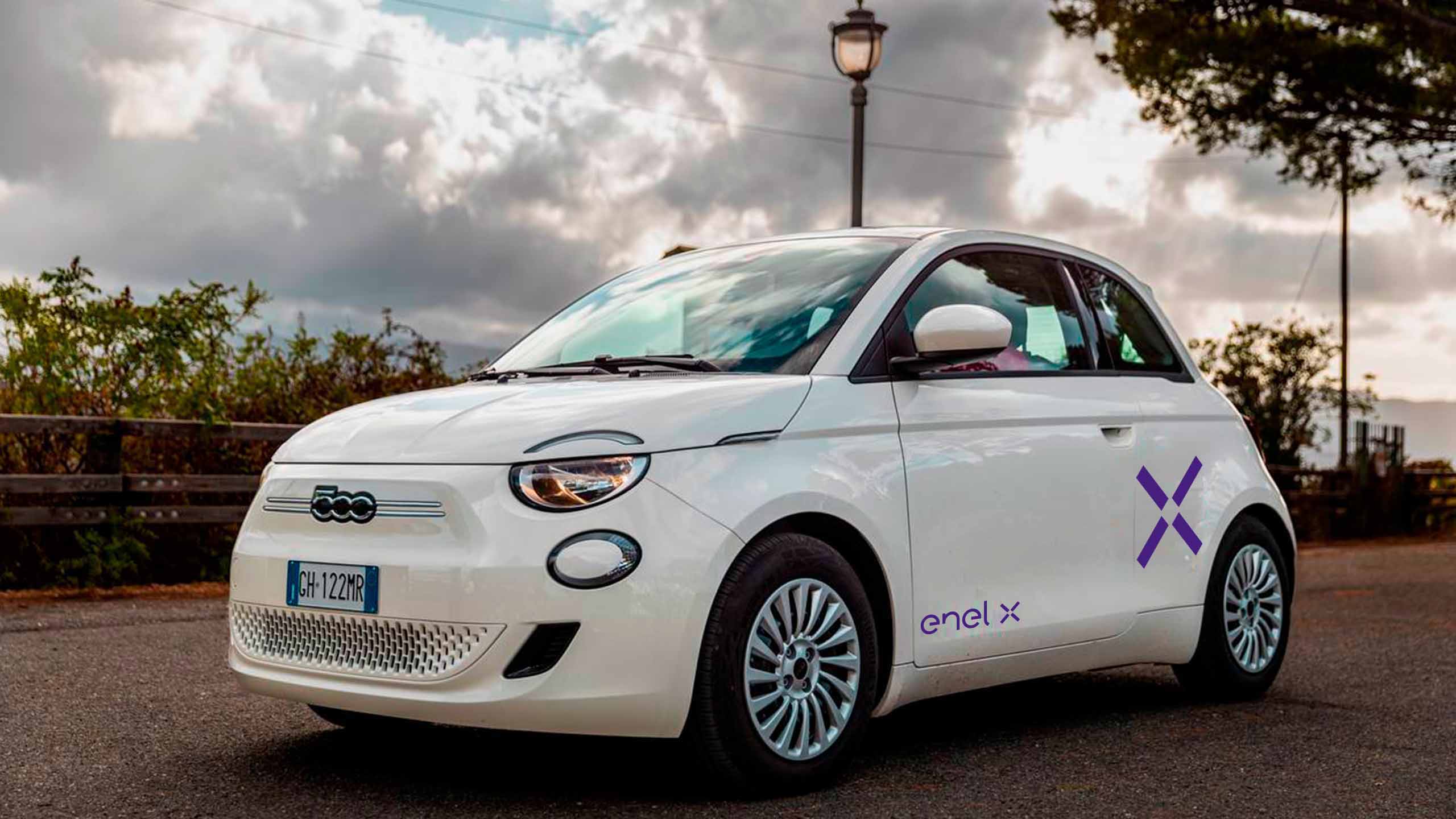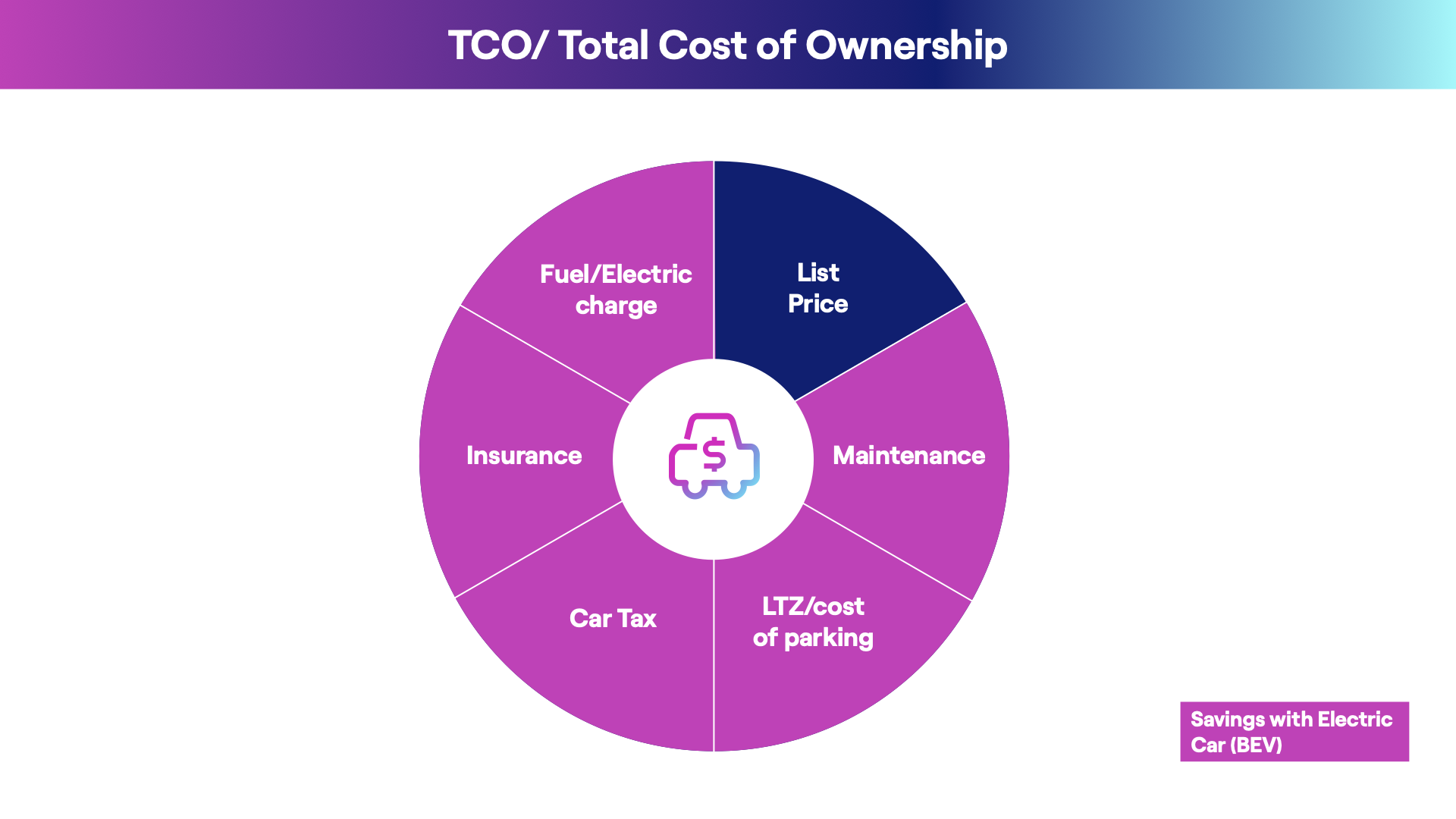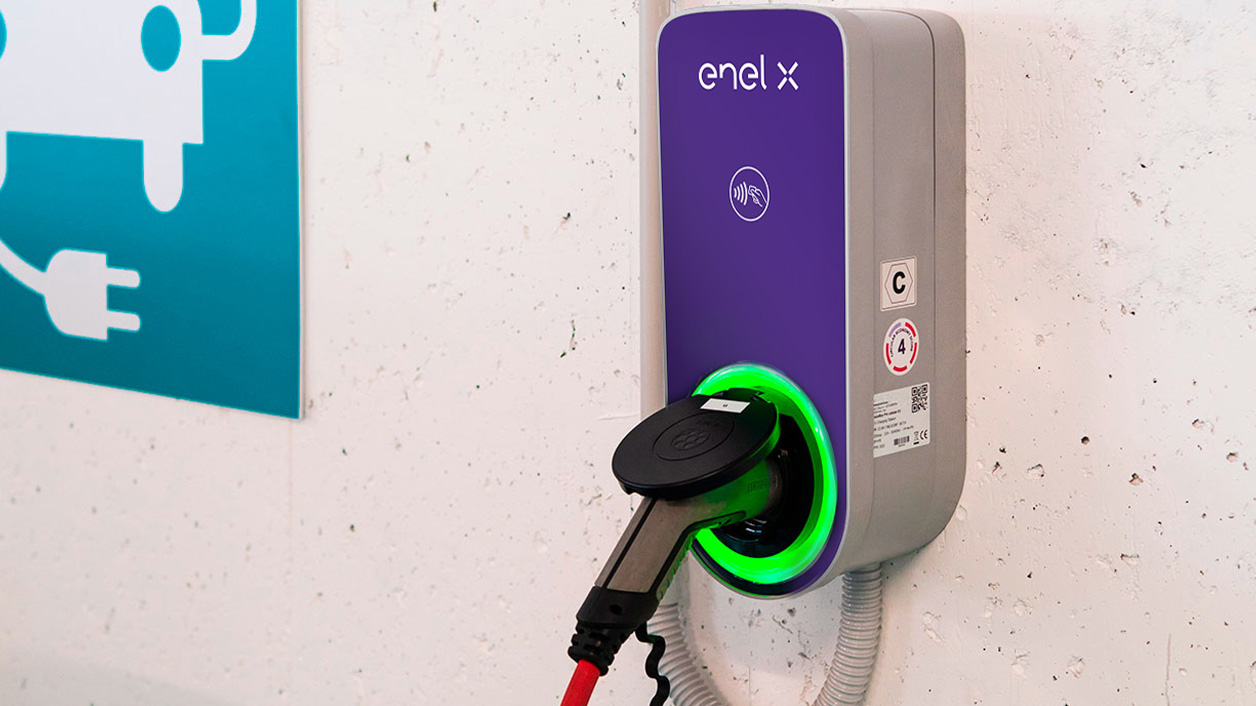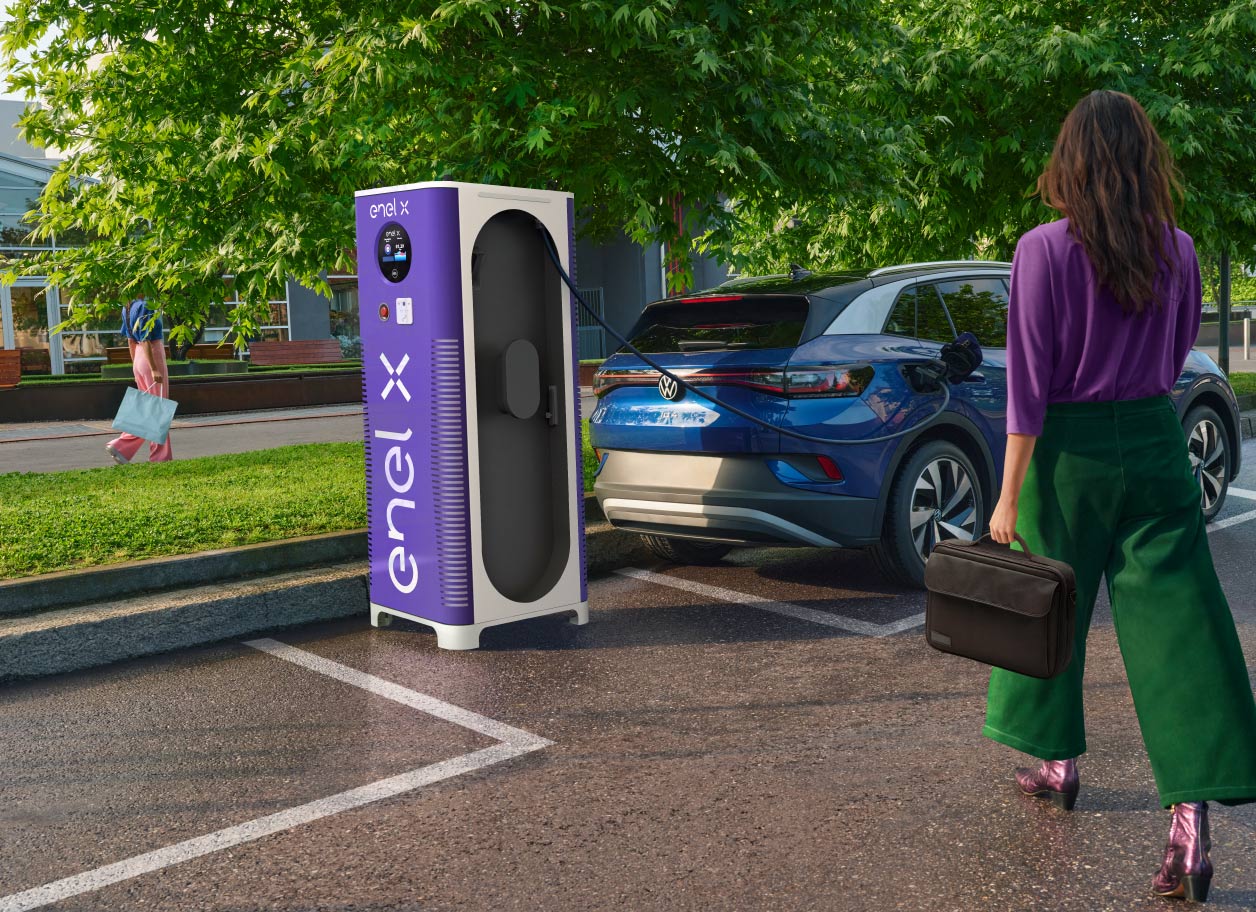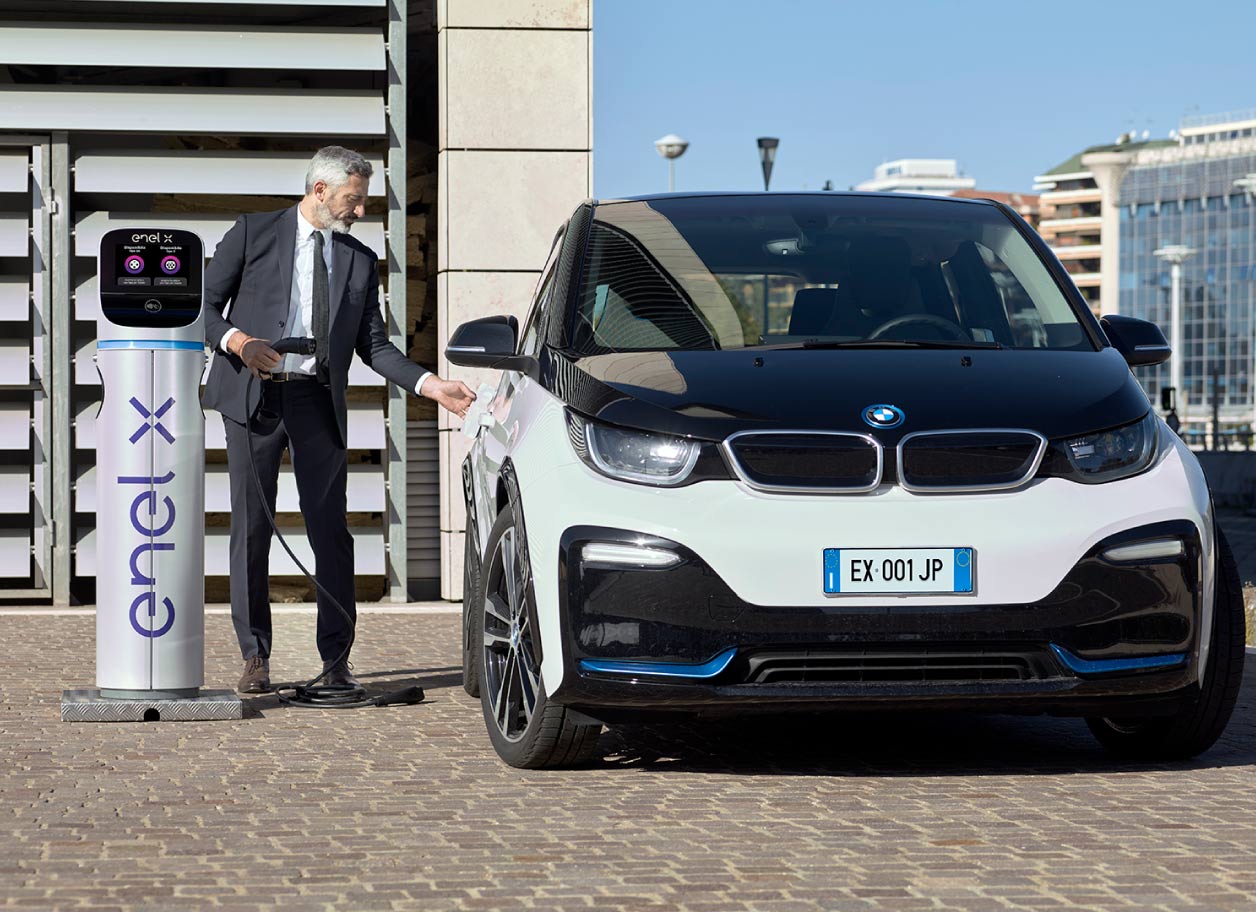With the stop in the production of cars with endothermic engines, officially set for 2035, the debate about how much an electric car costs and how much it consumes is an ever more timely topic. Looking at the list price alone, electric cars still seem to be more expensive, but the gap is narrowing. By taking a more in-depth look, however, we find that, over the mid-to-long term, there are factors of cost-effectiveness that could lead one to lean toward purchasing an electric car. These factors are part of the broader concept of TCO, or Total Cost of Ownership. Actually, car ownership is not limited to the purchase price, but must take into account operating costs over the life cycle of the car itself. These costs include:
- Fuel/electric recharge;
- Insurance;
- Car tax;
- Maintenance;
- Limited-traffic zones and pay parking.
How much an electric car consumes becomes the key question, along with how much better it can be for the wallet. The comparison between electric and gas cars, in terms of the total cost of the vehicle, speaks of an average annual savings of 1,000 euros in favor of electric vehicles (traveling the same number of kilometers). In the long run, considering that batteries have virtually lifetime warranties (10-12 years), there is also a lower impact on routine and extraordinary maintenance. What’s more, all regions waive the car-ownership tax for five years, after which the cost is about 35 percent less than cars with internal combustion engines, with the Lombardy and Piedmont regions canceling the tax on vehicle ownership for the life of the electric car. Finally, in most large cities (including Rome, Milan, and Florence), electric cars can park free in areas marked in blue (even outside one’s area of residence,) and travel freely in limited-traffic zones.
Therefore, the focus should not necessarily be on the purchase price, which currently is obviously greater, but prices will go down over time thanks to how the technology is evolving.
A recent study carried out by Milan’s Polytechnic University says that break-even can happen in fewer than eight years. These estimates reiterate calculations showing that, in 50 percent of cases, the average daily commute does not go beyond the range guaranteed by the battery. This is a decisive factor because it seems to confirm the estimated daily usage of those who have switched to electric. Applying this model to the Italian market also offers a comparison among electric vehicles (in terms of fully electric cars, called BEVs, and plug-in hybrids, which are known as PHEVs) and five other types (gasoline, diesel, natural gas, LPG, and hybrids that don’t plug in) . The main passenger-car segments in the Italian market were analyzed, including A (city cars), B (economy cars), C (medium-sized cars), and D (large cars), which account for almost all automobiles registered. An equally important element in the shift to electric is the eco-sustainable factor. Environmental-protection measures include decarbonizing transportation, which brings with it a significant reduction in CO₂ emissions. According to a study from the International Council on Clean Transportation (ICCT, July 2021), life-cycle emissions of a medium-size BEV are 66 to 69% lower in Europe than comparable gasoline models. This analysis takes into account the following phases:
- Vehicle manufacture;
- Battery production;
- Electric recharging;
- Battery disposal.
The study looks at Europe, China, India, and the United States, which account for 70 percent of new vehicle registrations.


